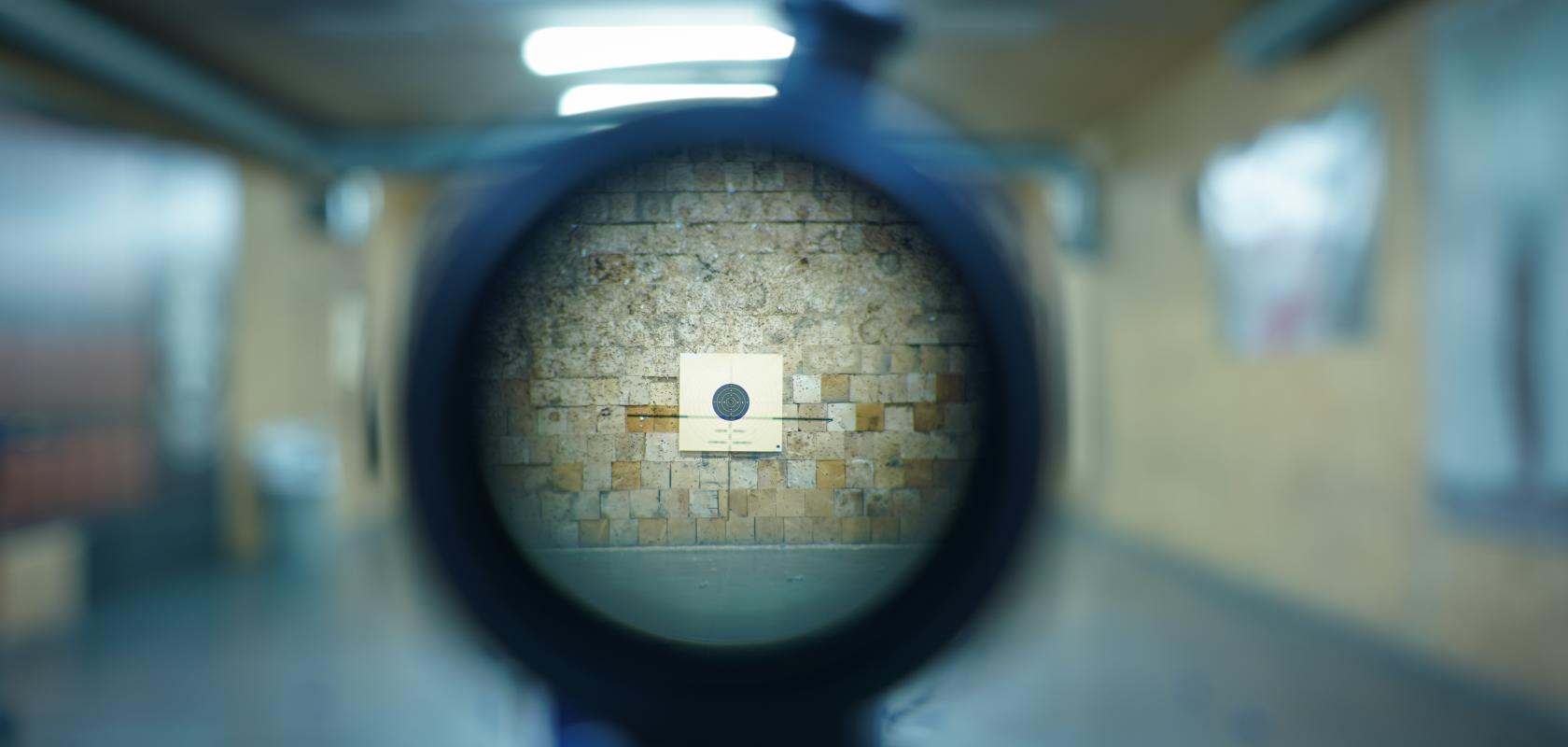With technology developing at pace in the topical technology community, even a company with more than 50 years of innovation when it comes to thin-film coating and interference filters can be a little surprised by a customer request.
Take Omega Optical, for instance. The firm has been offering specialist custom optical filter design and manufacturing since 1969, and has an impressive 30 million optical filters and 30 thousand product designs in its back catalogue. Some years ago, the company’s Optometrics subsidiary brand was approached by a professional grade optics producer for tier-one professionals, which supplies specialised weapon sights from the U.S.
The enquiry related to the supply of a bespoke design holographic diffraction grating in high volumes. As Dave Ventola, Director of Engineering at Omega Optical, and former Photonics100 honouree reveals, the initial reaction was one of cautious excitement. He says: “We had a couple of reactions to that. People either lit up or had a full ‘that’s pie-in-the-sky reaction, initially. But we thought, let’s at least talk to these people and see what we can do about it.”
Holographic diffraction gratings: Maintaining durability at volume
The client had previously been making its own diffraction grating, using volume phase technology, but, having experienced a few technical issues in terms of durability, was looking for a more robust solution. Says Ventola: “Replication processes that are much more durable provide a more durable grating that can survive impact, humidity and temperature changes. Those are all critical components for the features for their application.”
The two firms started to work together, and, within a month, Omega Optical had developed a simple holographic grating prototype. This rapid response marked the beginning of an extensive collaboration. Ventola explains: “We created a master with the proper pitch, made some replicas, and sent them for evaluation. The initial response was, ‘Hey, this is great.’”
Extensive testing of the prototype followed, and a couple of months later Omega Optical had made another master, of a higher quality and a better surface finish. Says Ventola: “Again, the response was favourable, the client put it through very extensive durability testing, which included impact testing, humidity, thermal cycling, all the usual stuff for the survival of the diffraction grating optic in the field. It passed with flying colours but it took quite a bit of time. So they built some prototype instruments and ran it past their sales department.”
One hurdle presented itself when the prototype was run past the client’s engineering department. Continues Ventola: “The engineering department looked at the installed product and said, ‘This is very shiny. I can see from the outside, I can look into the windows of this instrument and see a reflective surface.’ That wasn’t desirable, because the design they were using when they were making their own gratings, they didn't have that issue. To address this, Omega Optical developed a filtering technology that blocked most of the visible spectrum, solving the problem and earning a joint patent between the two firms. This innovation was crucial in ensuring the product met all functional requirements. Says Ventola: “Upon some investigation and a lot of reflection, we realised that there was nobody else in the field that was using this technology, so we applied for, and ultimately were granted a patent.”
Scaling up for high-volume production
The demand for the product was vast, akin to doubling the existing production capacity Omega Optical had available. Ventola explains: “Obviously we had to scale up for mass production on this to a level we never had before. Up until that point, all of our other gratings business was high mix, low volume, relatively speaking. So we make a lot of different flavours, and a lot of different sizes for a lot of different customers.”
The advantage of scaling up with this high volume grating was what Ventola calls “scaled production.” He says: “It's a whole bunch of the same thing. So, we actually created a separate production line strictly to service these filtered gratings that was capable of handling that type of volume. Jointly between us and the customer, we made some significant capital investments, as well, in terms of cutting equipment and fixtures.” This new production line has now been operational for more than a decade, continuously meeting high-volume demands.
The entire process took around a year of development and infrastructure scaleup to build the production line. Today, the advanced gratings developed by Omega Optical are still a critical component in the customer’s device, and since the original patent there have been several variants of that design, for different applications, but using the same basic technology. These devices offer a stable red reticle image that remains unaffected by temperature-induced wavelength shifts. Ventola highlights the technical achievements, stating, “The holographic grating compensates for the wavelength shift in the diode with temperature, keeping the calibration very stable.”
Reflecting on the project's success, Ventola shares, “We’ve been continuously producing this product for well over 10 years now. The persistence paid off.” The product, initially developed for a specific client, has helped to protect Omega Optical's business by ensuring exclusive high-volume production for a key market.


